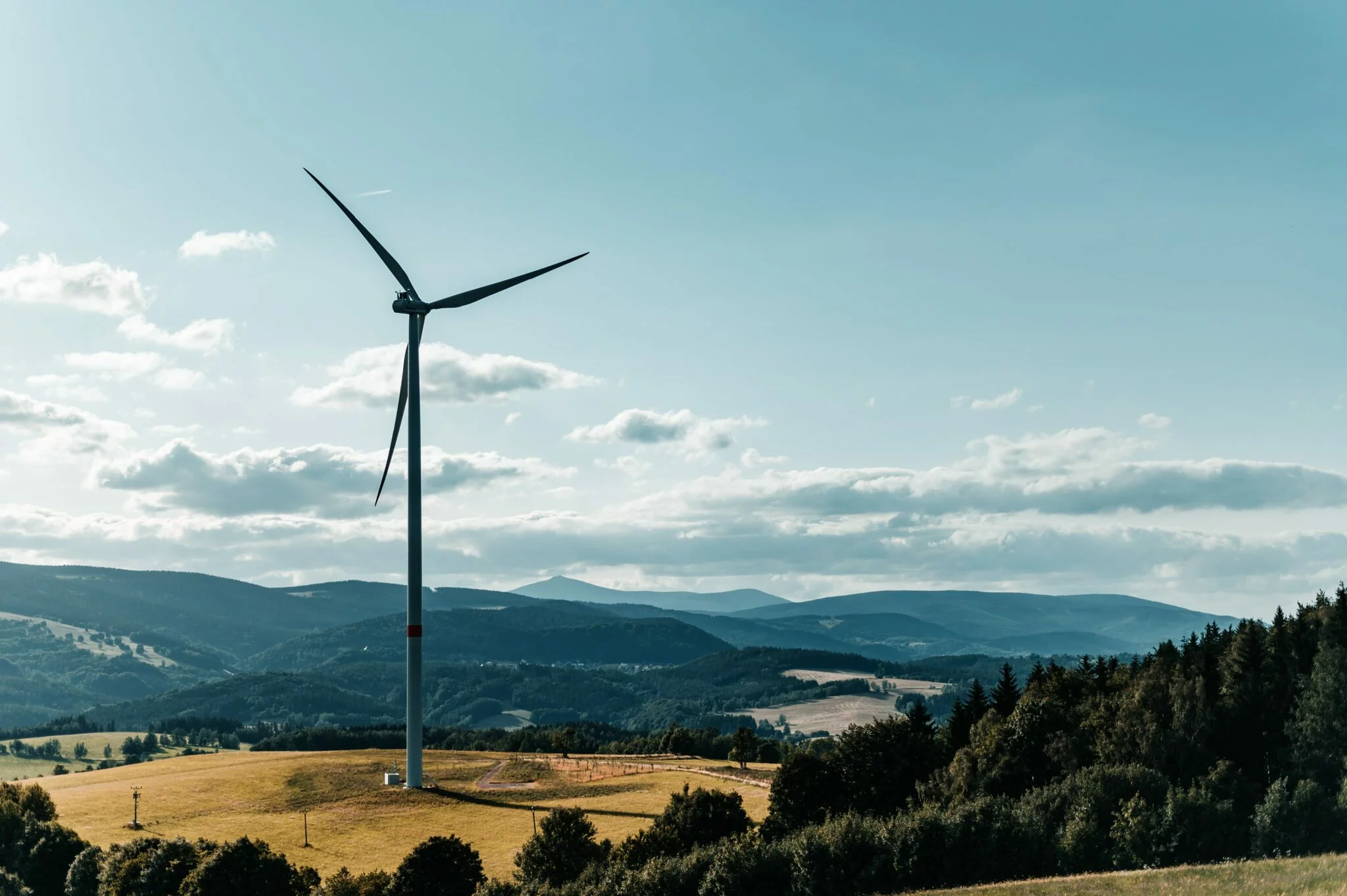In Denmark, the government taxes pesticides to reduce negative health and environmental effects on its citizens. In Los Angeles, the city school district buys ingredients for student meals through the Good Food Purchasing Program to evaluate their impacts on the environment, animals, workers, and the local economy. Around the world, the Transformational Investing in Food Systems (TIFS) initiative is helping investors evaluate which food investments to select based on metrics like equity, renewability, and resilience.
These are all examples of how people and institutions are making decisions about the real costs of food and food systems beyond what shoppers pay at supermarkets. They are evaluating the enormous price tags not calculated in the cost of cheap food, including cleaning up aquatic dead zones caused by the overreliance on nitrogen in the Corn Belt and the diet-related illnesses that are linked to the production of highly processed foods, costs that are often shouldered by government agencies and taxpayers. This concept, called “true cost accounting,” has been slowly gaining traction over the last decade and it’s the subject of a new book, True Cost Accounting for Food: Balancing the Scale, published in June.
“One of the main questions people always ask is, ‘Who’s doing this, and where do you find examples?’” said Lauren E. Baker, who is the senior director of programs at the Global Alliance for the Future of Food (GAFF) and edited the book along with Barbara Gemmill-Herren and Paula A. Daniels. “I think it is a really rich illustration of the potential, and of the ways that people are applying true cost accounting in really diverse settings and to think through complex issues.”
The book couldn’t come at better time. In a July, the Rockefeller Foundation released a report estimating the true cost of food in the U.S. It found that while Americans spent just over $1 trillion on food in 2019, the actual cost when including pollution, reduced biodiversity, climate impacts, and other factors is three times that amount—more than $3 trillion.
At the most basic level, true cost accounting—or TCA—involves measuring all of the impacts of a given food, from production to consumption, on people, society, and the planet. Those measurements can then be used to tinker with the stated price of a food in many varied ways. Governments might pass laws to make food companies pay for water pollution, for example, or pay farmers to incentivize practices that reduce social and environmental costs.
In the book, leading advocates and experts such as Ricardo Salvador, Kathleen Merrigan, and Saru Jayaraman write about TCA’s real-world applications. According to the editors, the examples featured in its chapters “point toward the potential for our food system to be more human centered than profit centered; and toward a food system that has a more respectful relationship with the planet.”
Baker sat down with Civil Eats to talk more about how true cost accounting can inform cross-cutting solutions to the biggest issues facing the food system today.
How and why did you start working on true cost accounting?
I’ve been working on food systems my whole career. I saw food as a way to connect my interests in the environment, community development, agricultural biodiversity, and health. My first exposure to the idea came when I was doing my master’s [degree] and I was involved in this project tracing the trail of a tomato from Mexican field to Canadian table. We talked to health workers working with Indigenous migrant laborers, who are very vulnerable in the context of the supply chain. We looked at how labor was racialized. We looked at the environmental impacts of tomato production and transportation. And we looked at the health impacts. When I think back on that, I think, “We were really doing a true cost accounting assessment even though we weren’t talking about it in that way.”
In my research, I’ve always been interested in the impacts, positive and negative [of current agricultural practices], and in the last five years . . . TCA has become a clear framework for understanding and assessing those impacts. And really understanding the value of good systems when they’re managed for health, equity, social justice, and ecological integrity.
So, for example, the work that GAFF did when it supported developing the Economics of Ecosystems and Biodiversity for Agriculture and Food (TEEBAgriFood framework), which is featured in the book, was like a deep exploration of what it means to assess those impacts from a systemic approach, and then the book was an extension of that, building on the relationships that we made through that process.
Similar to the tomato supply chain, Kathleen Merrigan frames true cost accounting as an upgrade to the “Cost Benefit Analysis” evaluations policymakers in the U.S. have been doing for years. Why are we just now giving this concept a name?
It’s not a new concept. What’s new is taking this broader, integrated, and more systemic approach. There’s a long history of work [measuring] ecological economics, which have helped us understand the value of the services that nature provides [such as storing carbon and water], but more broadly than just monetary value. And there’s been work done on social and health impacts [such as diet-related diseases].
What we’re calling for in the book is a more integrated approach. It’s really playing up this idea of systems thinking . . . and looking not only across these four capital domains, but looking at the dependencies and the interrelationships between the capitals. Of course, that’s really hard to do. But I think we see the authors demonstrating how to move in that direction, and that’s what’s so exciting about the different approaches people are taking.
There are so many impacts involved. Is that a limitation of true cost accounting—that these analyses are just so complicated that it’s going to be difficult for policymakers and businesses to really embrace them?
I actually think it’s not. For example, Merrigan is doing a true cost assessment of beef ranching systems in the U.S., looking at nine different farms that are at different places on the regenerative [agriculture] continuum. That work is a multi-year assessment and analysis.
One of the things that we’ve found is so valuable with true cost accounting is just shifting the mindset. So, it can look like that [in terms of a long-term, complex study], but I think what’s valuable is that in its most basic form, it also helps people think systemically and do a quick systemic assessment.
Merrigan’s example around faux meat [in the book] is such a great example. It asks: “When we are doing a rapid assessment of a new technology or food, how do we ask ourselves some simple questions about environmental, social, and human impact . . . that challenge us to think more systemically and to think about externalities [such as water pollution caused by corn and soy grown in monocultures]?” We can’t afford not to think this way moving forward as we address the major crises in terms of climate and health.
Can you give some examples that illustrate how those measurements can be applied in real-world scenarios to changing the food system?
One of the most striking examples [in the book], is the case study from Mexico on agricultural biodiversity. The Mexican agency that supports biodiversity did a true cost assessment to understand the full value of maize—of course, Mexico is the center of origin for maize.
One of the super interesting things that has informed Mexico’s policy is this idea of “evolutionary services.” This is the work that small-scale producers do every day in their fields to manage, strengthen, and maintain agricultural biodiversity [by growing ancient varieties]. And this is not only important in terms of food security and food sovereignty in Mexico, by providing corn for the country; it’s also a global service because corn is one of the biggest commodities and we rely on that genetic diversity [for plant breeding].
This idea of evolutionary services really came about because of their assessment. It helped them really understand the multiple values that corn has. And now the Mexican government is leading globally in thinking about agroecology, developing a national agroecology strategy, and supporting small-scale producers and thinking about [them] in new ways because of these services that they’re providing.
Another example that I love from the book is how true cost accounting is being applied by investors. Many investors have started applying ESG (environmental, social, and governance) frameworks to their investments. True cost accounting extends beyond ESG and helps an investor see the broader impacts and the potential benefits of their investments. There are a number of foundation, investors, and businesses that are taking up TCA as a way to talk about value beyond the profit and [traditional] return on investment.
Another thing that struck me in the book was in the chapter about almond farmers in California. Some said they didn’t plant cover crops because they’d have to water them. So, if a farm is in a drought area, something like a cover crop that’s widely seen as beneficial, could represent a tradeoff. Is there a lesson there about true cost assessments having to be place-based?
Agricultural and food systems practices are always place-based. Even when they’re global, those impacts happened somewhere. And sometimes those impacts are direct and sometimes they’re indirect and felt generations later. So, all of this needs to be taken into consideration when you’re doing that true cost accounting.
There are significant tradeoffs in the decisions that we make related to food production and food systems activities across the value chain. TCA is a design tool for policymakers, because you can assess tradeoffs and then make decisions based on minimizing negative externalities.
For example, the U.N. Environment Program is supporting a number of country-level studies applying the TEEBAgriFood framework. In Indonesia, they’re doing this around palm oil. And in their national land-use strategy, they’re bringing in agroforestry as a key solution in terms of both agricultural production but also sustainable land management and the climate benefits [of forests]. If you’re only looking economically, it would probably be fine to cut down your rainforests and plant oil palms, but when policymakers start to use tools like the TEEBAgriFood evaluation framework, they’re able to dig into some of those tradeoffs.
And this isn’t a static analysis where you just do all the number crunching spit out the results. It’s most effective when you bring people around the table to consider all the impacts and dependencies and interrelationships and make decisions together that address the tradeoffs. It often has to be a very transdisciplinary group if you’re going to think about health, environment, and social wellbeing all at the same time.
You said that we can’t afford not to think and work this way anymore. Why not?
In my mind, there are two significant challenges. The climate crisis, of course, and how food systems contribute to it. The [greenhouse gas emissions] numbers are actually going up. It is significant, and we can’t get to [stopping warming at] 1.5° without really addressing food systems, not just land use. We need that full-system approach, and we need to make the connection between human health and climate, which is expressed through food really squarely.
The second challenge is the crisis of skyrocketing rates of noncommunicable, diet-related disease. Those costs are ballooning, and the health impacts of food systems are really significant. With COVID-19, we’ve seen how chronic diseases are really more costly than anybody would have predicted.
We need to make hard decisions, and we need to have more ecological approaches. A lot of those are pointed to in the book in the different chapters that engage local communities in problem-solving and honor different ways of knowing and thinking about place-based solutions to these global crises at a local level.
By Lisa Held
This article was originally shared by Civil Eats.






